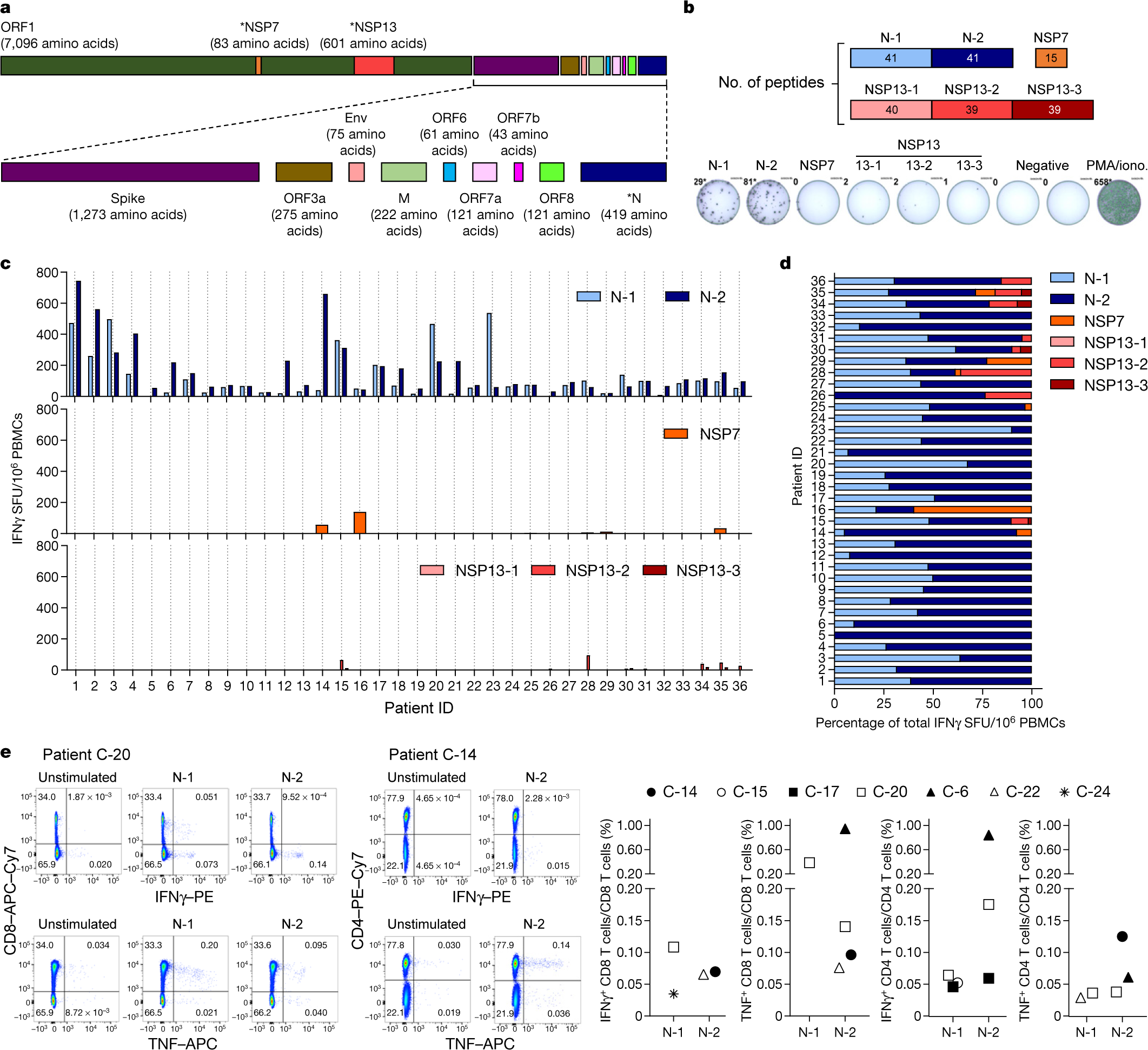
described a population of CD3 + T cells expressing low amounts of the B cell antigen CD20 on their cell surface. Acquisition of different molecules by lymphocytes that are normally not transcribed by the respective cell types, may directly or indirectly influence both the phenotype and function of immune cell subsets capturing these membrane proteins and might endow the cells with features generally not associated with these cells. Using dual- and multicolor flow cytometry it is very important that cells which may or may not express certain surface markers are correctly phenotyped. In this regard, subsets of immune cells are characterized based on phenotypic markers, because surface antigens usually play a pivotal role in cell function.

Thus, ex vivo/ in vitro studies characterizing human immune cells and their functions are commonly applied to better understand cellular interactions and disease underlying mechanisms. Human in vivo studies are very difficult to realize, mostly due to ethical concerns. The funders had no role in study design, data collection and analysis, decision to publish, or preparation of the manuscript.Ĭompeting interests: The authors have declared that no competing interests exist. Furthermore, this project was supported by Coordination Theme 1 (Health) of the European Community’s FP7, Grant agreement number HEALTH-F2-2008-200515 (to MH). All relevant data are within the paper and its Supporting Information files.įunding: Financial support for the study was provided by the German Research Foundation (He 1602/8-/8-2 to MH) and a grant from the University Hospital Gießen and Marburg GmbH, Marburg, Germany (UKGM, to MH). This is an open-access article distributed under the terms of the Creative Commons Attribution License, which permits unrestricted use, distribution, and reproduction in any medium, provided the original author and source are credited.ĭata Availability: The authors confirm that all data underlying the findings are fully available without restriction. Received: MaAccepted: SeptemPublished: October 16, 2014Ĭopyright: © 2014 Nagel et al. PLoS ONE 9(10):Įditor: Oliver Frey, University Hospital Jena, Germany Moreover, to enable reproducibility of results between different research groups and multicenter studies, we would emphasize the necessity to specify and standardize the storage conditions, which might be the basis of particular findings.Ĭitation: Nagel A, Möbs C, Raifer H, Wiendl H, Hertl M, Eming R (2014) CD3-Positive B Cells: A Storage-Dependent Phenomenon. Therefore, in order to obtain results reflecting the in vivo situation, it is suggested to minimize times of ex vivo blood storage after isolation of PBMC. Since cellular subsets are often classified by phenotypic analyses, our results indicate that ex vivo cellular classification in peripheral blood might result in misleading interpretations.

The appearance of CD3 on the B cell surface seems to be a result of contact-dependent antigen exchange between T and B lymphocytes and is not attributed to endogenous production by B cells.

In this context, the present results show for the first time that the T cell antigen CD3 can be substantially detected on the surface of human B cells after ex vivo storage and that the degree of this phenomenon critically depends on temperature and duration after blood withdrawal. Storage of blood samples for periods of time before in vitro/ ex vivo testing is known to influence the antigen expression on the surface of lymphocytes. overnight shipping of blood samples in order to convey the samples in a central laboratory or to simultaneously analyze large numbers of patients. The majority of clinical studies requires extensive management of human specimen including e.g.


 0 kommentar(er)
0 kommentar(er)
